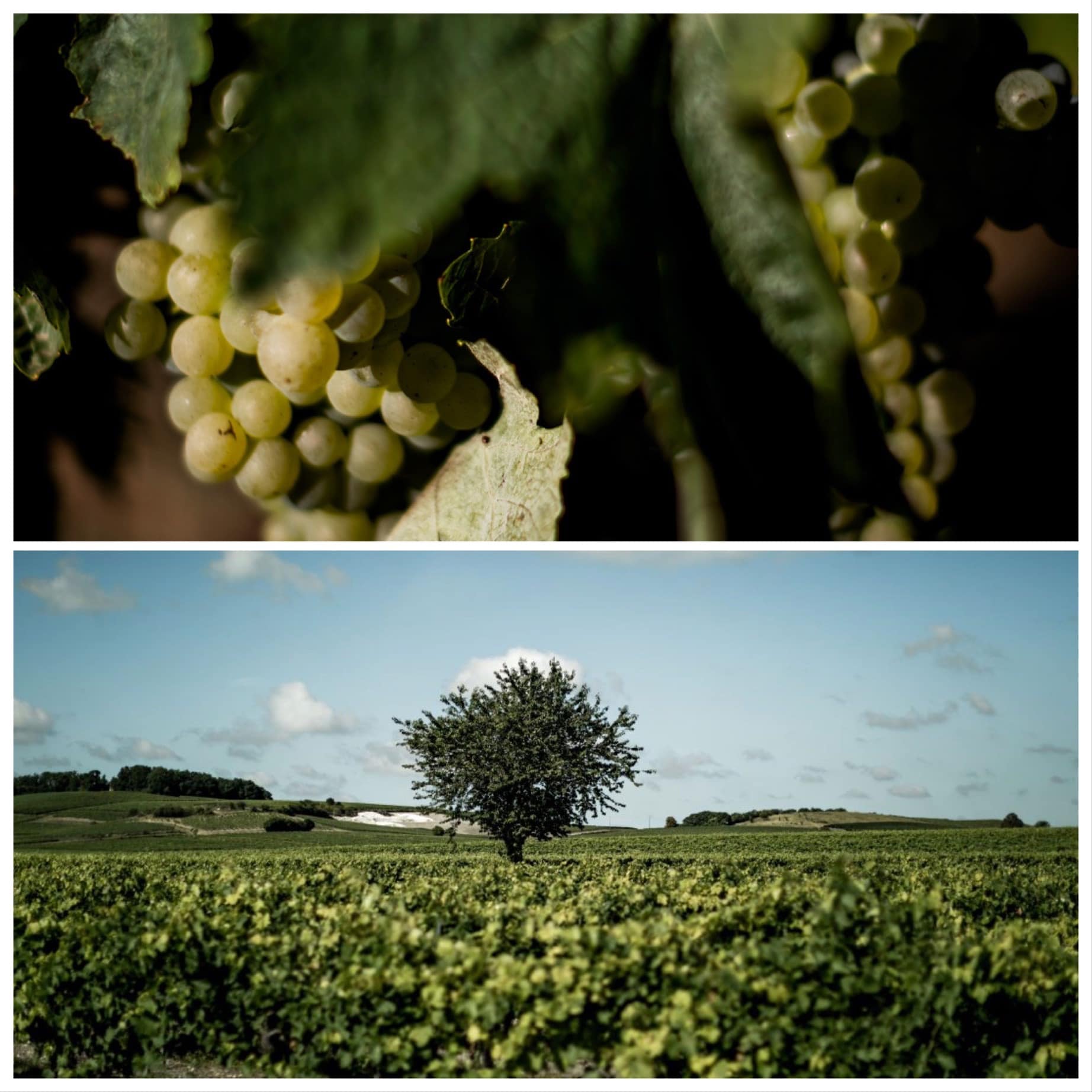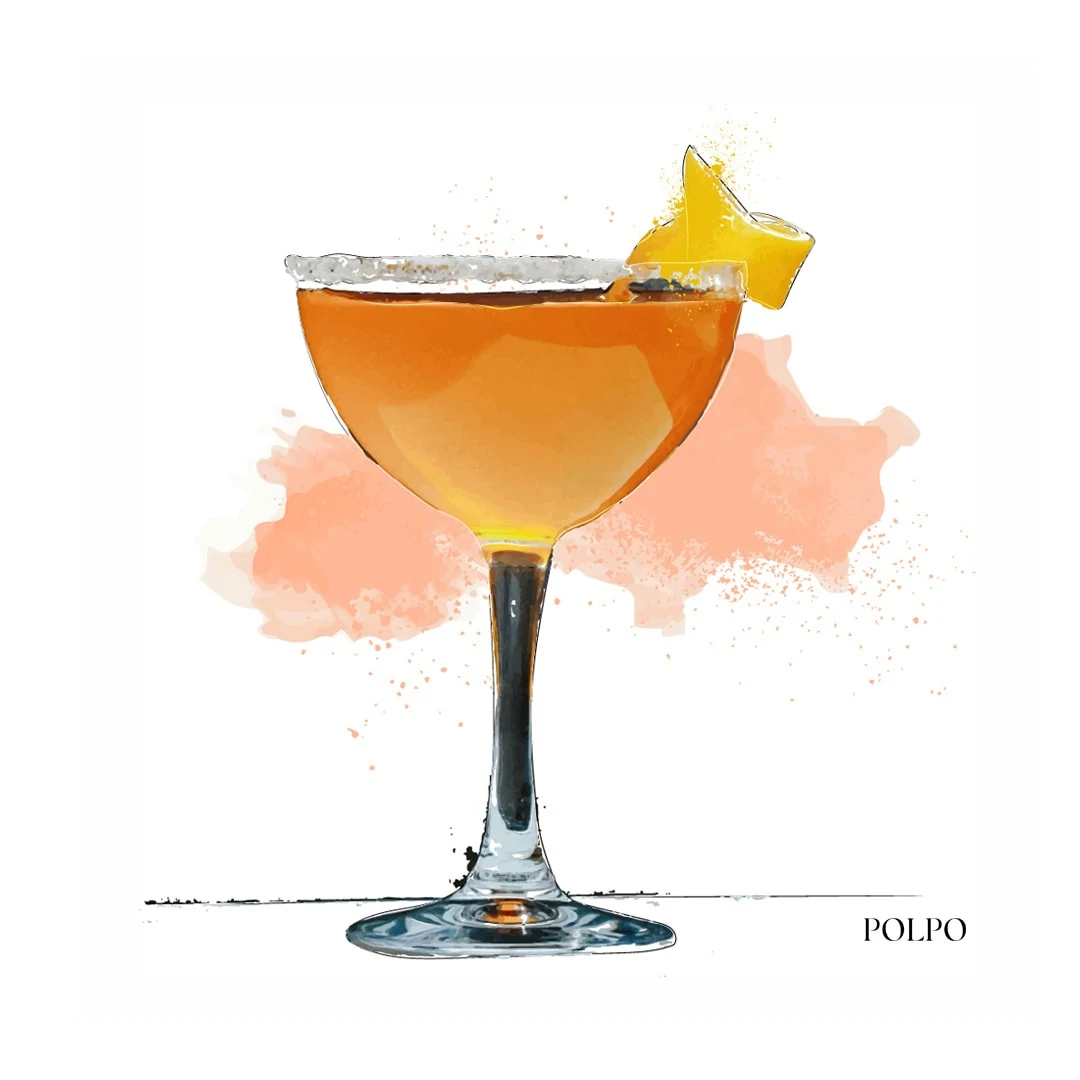
The various “crus” in the Cognac GI
Since it is a Geographical Indication (GI), Cognac can only be produced within a delimited geographical area, defined by the French decree of 1 May 1909. Learn more here.
The “Cognac”, “Eau-de-vie de Cognac”, and “Eau-de-vie des Charentes” appellations are exclusively restricted to wine spirits grown and distilled within the defined regions of Charente-Maritime and Charente, as well as several villages in the Dordogne and Deux-Sèvres departments.
Keys figures
- Vineyard stretching out over 78,000 hectares
- 1 white wine region in France
- 10% of the total French vineyard area
- 19 hectares, average area under vine of each wine estate
Crus of the Cognac GI
Grande Champagne
-GEOLOGY
Home to the most famous Cognacs, particularly well-suited to aging in barrel.
-CHARACTERISTICS
Pride
Finesse
Distinction
Montant
Length
Flexibility…
-AROMAS
Floral dominance,
vine flower,
dried lime tree,
dry vine shoots…
Petite Champagne
-GEOLOGY
Features the same soil type as in Grande Champagne. However, the influence of the oceanic climate is greater here.
-CARACTÉRISTIQUES
Pride
Distinction
Suppleness
Lightness
-AROMAS
Floral (vine flower) and fruity
Borderies
-GEOLOGY
The soil is decalcified on the surface. Produces very aromatic Cognacs that age more quickly than those from the Champagnes.
-CHARACTERISTICS
Finesse
Lightness
Length
-AROMAS
Floral dominance
Violette
Iris
Fins Bois
-GEOLOGY
In the north, the soil consists of “groies”, or thin clay-limestone (from the Jurassic period). In the south, the soil dates back to the Cretaceous and Tertiary periods. Cognacs produced here are less well-structured and age faster than those in the Champagnes.
-CHARACTERISTICS
High odor intensity. Roundness, smoothness.
-AROMAS
Dominantly fruity (pressed grapes), slight floral scent (vine flower).
Bons Bois
-GEOLOGY
A more heterogeneous appellation with formations dating back to the Jurassic and Cretaceous periods. The climate is oceanic in the west and continental in the east. A wide variety of Cognacs are grown here.
-CHARACTERISTICS
Appearance of “terroir” taste
-AROMAS
Fruity (pressed grapes)
Bois Ordinaires ou Bois à Terroirs
-GEOLOGY
This appellation covers the coast and two neighboring islands, resulting in Cognacs strongly influenced by the Atlantic Ocean.
-CHARACTERISTICS
Characteristic “terroir” taste. (Influence of the Atlantic)
-AROMAS
Fruity
Henri Coquand: the first man to map out the different “crus”
Henri Coquand (1813-1881), a geology professor, studied the Cognac region’s soil and terroir in the 19th century and, with the help of a knowledgeable taster, classified the various soils according to the type of eau-de-vie they produced. This led to the definition of various Cognac producing areas in around 1860 and served as the basis for the decree of 13 January 1938, setting the boundaries of these areas.
Learn more about the growing areas in this map.
Source : BNIC | cognac.fr
Don’t drink and drive. Enjoy responsibly.
Cognac
Discover all the news, facts and infos about Cognac all around the world thanks to Spirits Hunters’ expertise and blogging.
See all posts in this category. Join the community on Reddit
Join the community on Reddit
Spirits Hunters is a community dedicated to spirits and the world of mixology. Feel free to talk about the world of mixology and bartending here!
Join





